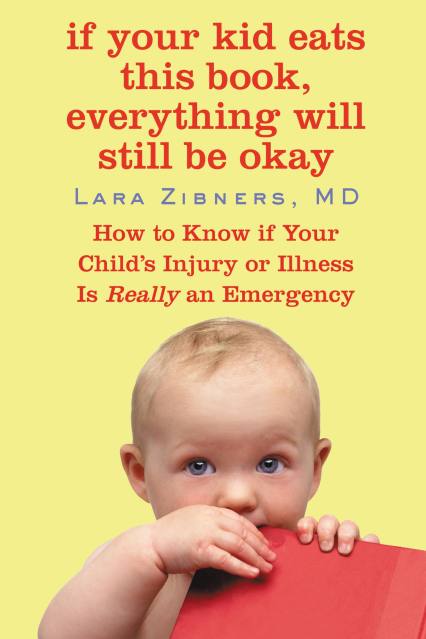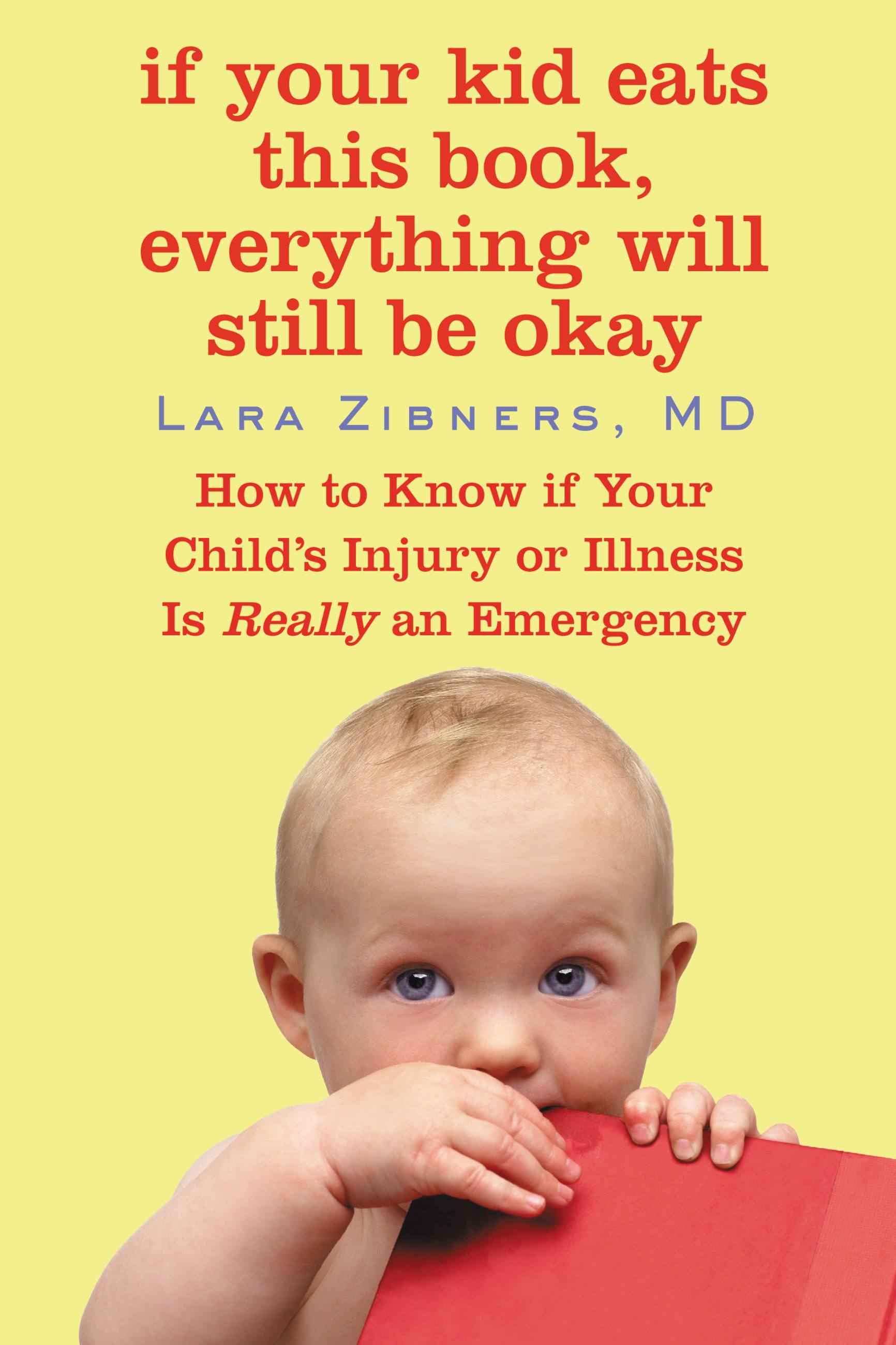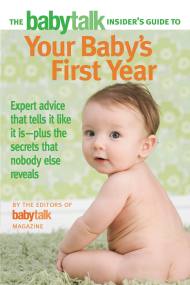Promotion
Use code BEST25 for 25% off storewide. Make sure to order by 11:59am, 12/12 for holiday delivery!
By clicking “Accept,” you agree to the use of cookies and similar technologies on your device as set forth in our Cookie Policy and our Privacy Policy. Please note that certain cookies are essential for this website to function properly and do not require user consent to be deployed.
If Your Kid Eats This Book, Everything Will Still Be Okay
How to Know if Your Child's Injury or Illness Is Really an Emergency
Contributors
Formats and Prices
- On Sale
- Jun 17, 2009
- Page Count
- 320 pages
- Publisher
- Grand Central Life & Style
- ISBN-13
- 9780446552172
Price
$9.99Price
$12.99 CADFormat
Format:
- ebook $9.99 $12.99 CAD
- Trade Paperback $21.99 $28.99 CAD
This item is a preorder. Your payment method will be charged immediately, and the product is expected to ship on or around June 17, 2009. This date is subject to change due to shipping delays beyond our control.
Buy from Other Retailers:
Finally, no more frantic late-night searches through the “why to buy,” “how to diaper,” or “what to feed him” sections found in other childcare books to find out if little Franny needs to go to the ER. This book focuses on the truly important questions, like how to keep her from electrocuting herself in the first place. Not every child has a pediatrician with specialized emergency room experience living in her home. But this book just might be the next best thing.
Lara Zibners, MD, is a former Assistant Professor of Pediatric Emergency Medicine at Mount Sinai Hospital in New York City. Currently, she divides her professional time between New York and London.
Newsletter Signup
By clicking ‘Sign Up,’ I acknowledge that I have read and agree to Hachette Book Group’s Privacy Policy and Terms of Use






